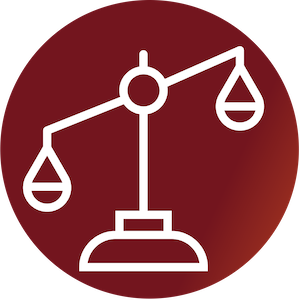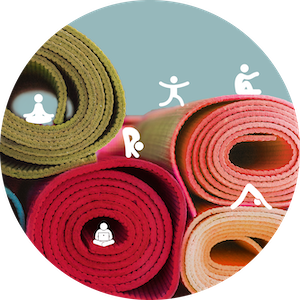At a loss for words?
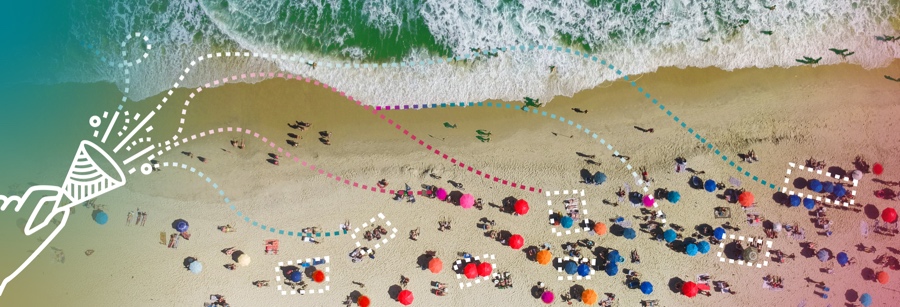
Making conversation is good for you
Can we bend your ear for a moment? We’d like to offer a short soliloquy on the merits of mingling. If banal banter is your pet peeve, we’ve got a few reasons you might want to reconsider. Scroll on down to this month’s “On Our Minds...”, where we discuss some big benefits of small talk.
On our minds
Are you missing elevator conversation? Or maybe bus stop banter? You know—that minute of conversation that a stranger initiates for... some reason? For many people—even those who don’t consider themselves to be agoraphobes—such idle chatter may be the definition of un-fun. For the small-talk-averse, a year of lockdowns has most assuredly contributed to further discourse disinclination.
We get it! Striking up a seemingly random conversation may feel a little contrived or robotic. But the next time you find yourself facing another human entity, it’s worth it to initiate a convo. The emotional benefits outweigh your fear of being awkward . This is perhaps doubly true in the office.
When we derive so much of our meaning from work, many of us are driven by a completely understandable desire to make the most of every moment—we want deep and authentic connection, not banalities. However, this perspective is missing the forest for the trees. It presumes that the semantic content of speech—what the words mean—is its primary value. In fact, the social function of speech may matter just as much or even more.
Research has shown that engaging in frequent small talk makes people happier . On top of that, making conversation is the quickest path to making friends; Gallup’s Q12 survey has found that having a best friend at work is key to satisfaction and performance on the job. Still not convinced? Maybe your own brain is reason enough. Consider that a single bout of small talk has been shown to boost executive functioning —it actually helps people to concentrate.
Interactions that might seem frivolous on the surface are a critical part of how we relate to our colleagues. But here’s the rub: this essential human interaction is set to be challenged by the forthcoming era of hybrid workplaces . In the wake of the disruption from the pandemic, many organizations are likely to implement some blend of physical and digital workplace experience. These hybrid environments offer employers and employees a lot more flexibility, but they are not, by default, encouraging of social bonding in the same way as the physical workplace. Nor do they inherently support the serendipity that is believed to drive innovation at top-performing organizations .
Currently, people who are working primarily outside of the office may go days without speaking to colleagues. Those who come in only occasionally may see different colleagues each time. When connecting via video, people tend to jump on the moment the meeting is scheduled to begin, race through the agenda, and then log off when done. Without an elevator ride for chitchat or a coffee klatch for confabulation, organizations may find they need to be more proactive, encouraging the social exchange that supports workplace satisfaction and performance.
There have been attempts to bridge this divide. Some organizations are experimenting with always-on video portals to make casual interaction more likely. Others make a ritual of scheduling a few minutes for chat at the beginning or end of every meeting. Colleagues who are physically present can join their remote colleagues for virtual social or wellness events. (Check out or virtual yoga session on May 6, you’re invited! ).
A culture that encourages people to open up, to be the fullest version of themselves is important to the collaborative work many of us do each day. We need to do more to design the workplace experience to encourage social curiosity. Small talk does not come easily to everyone, but a bit of chatter is worth the effort. Try it next time you're out, or in, and let us know how it goes.
From the archives
A year ago, it was clear that workplaces probably wouldn’t be the same ever again. We spoke with Workspace Connect about the need to rethink offices for lower density and greater flexibility .
Back in 2018, we wrote about how tech-enabled offices were fueling demand for new roles like community management—long before the huge shift to hybrid workplaces that we’re now seeing.
That’s all for this month—thanks for the chat! Of course, we’re happy to hear from you any time. Just send us a note with your favorite elevator icebreakers: so, when do you think we'll go metric? Or what are your thoughts on daylight savings time? For now, we’ll be jamming to this convivial tiny desk concert by C. Tagana. Talk soon!
In Case You Missed It
Need something to talk about? Here are a few suggested topics for your next tete-a-tete!
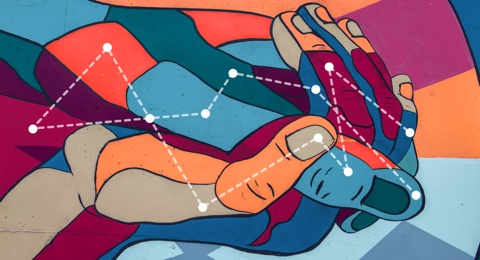
Decolonizing Design Research: Activist Scholar
Second in this four-part series on equity in design research, AIANY hosted this discussion of the role academics play in addressing bias.

Mental Health and Architecture
PLASTARC Sociospatial Designer Amy Rosen contributed to this panel about the impacts of architecture on mental health. Take a break to watch the presentation.
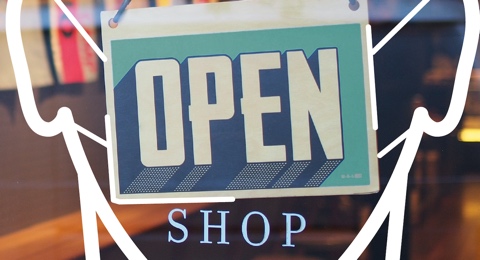
Goodman Center Hosted Future of Retail Event
The pandemic put more pressure on the already challenged retail sector. We joined this panel to explore how retailers can adapt and thrive. Spoiler alert: it's all about experience.
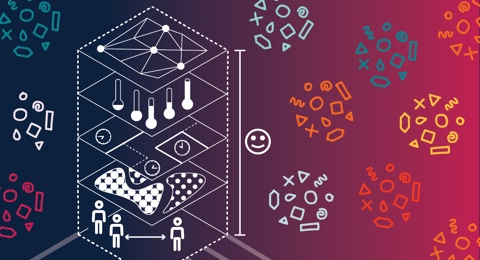
How Measuring Happiness Can Revive Architecture
During an era of significant change in the workplace, it’s more important than ever to focus on people-centric measurement. We're republishing one of our favorites.
Looking Ahead
What’s the buzz? We’ve got more than a few opportunities to populate your calendar. Here’s what’s coming up!




